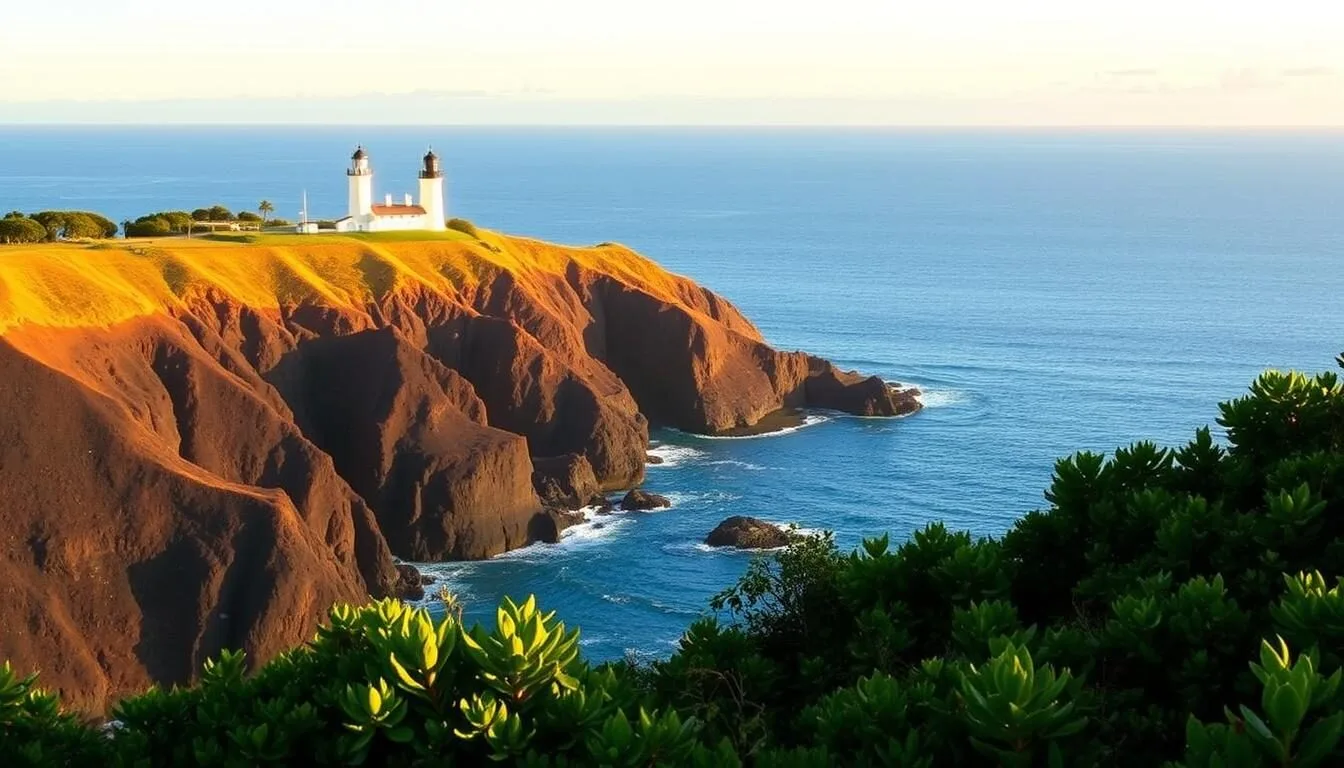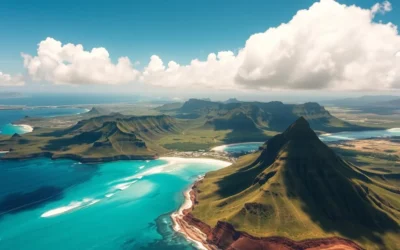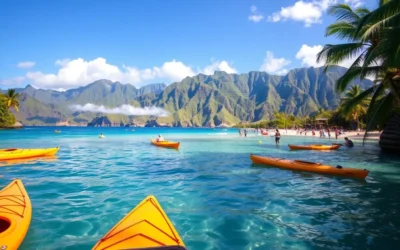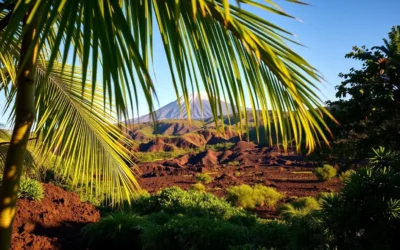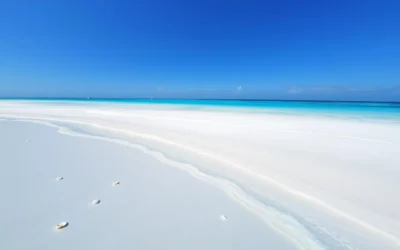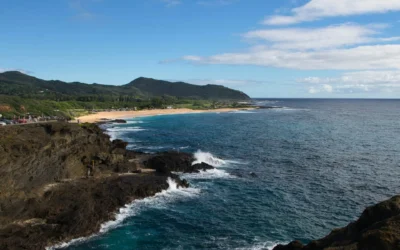✓ Accommodations ✓ Flights ✓ Rental Cars ✓ Tours & Activities
Imagine standing on a rugged coastline, surrounded by the majestic beauty of Hawaii’s wildlife, with the historic Daniel K. Inouye Kīlauea Point Lighthouse standing sentinel beside you.
The Kilauea Point National Wildlife Refuge is a breathtaking sanctuary located on the northernmost point of Kauai, offering spectacular views from a 180-foot ocean bluff.
As you visit this incredible refuge, you’ll have the opportunity to witness a diverse array of wildlife and experience the rich history of the lighthouse, which played a pivotal role in the first trans-Pacific flight to Hawaii.
Whether you’re a nature enthusiast, photographer, or simply looking for an unforgettable experience, this refuge is a must-visit destination.
Discovering Kilauea Point National Wildlife Refuge
Nestled on Kauai’s northern tip, Kilauea Point National Wildlife Refuge is a must-visit for nature lovers. This unique destination offers a blend of stunning ocean views and rich biodiversity.
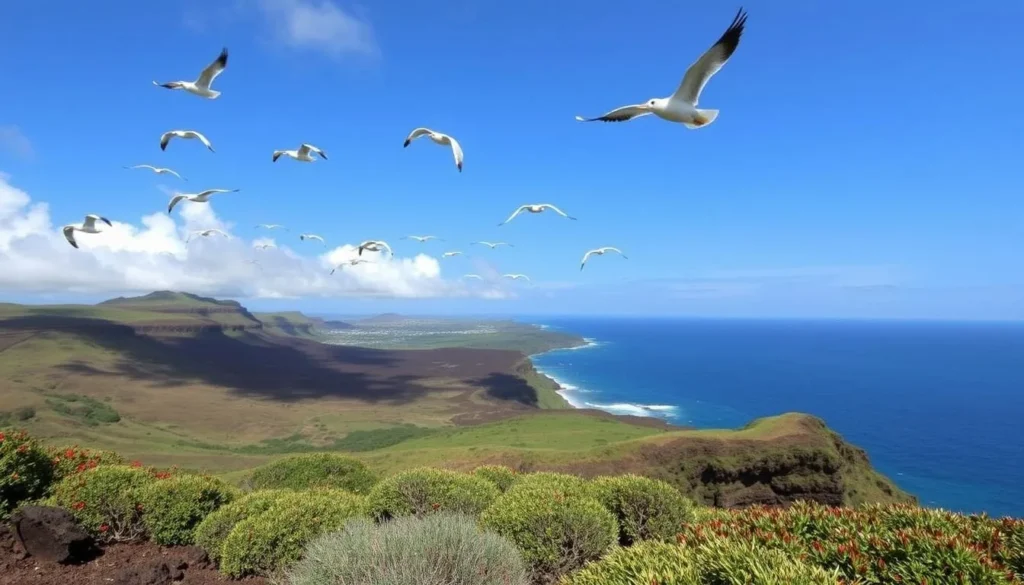
Location and Natural Features
The refuge is located on the northernmost point in the main Hawaiian Islands, on a portion of the former Kīlauea volcanic vent. It features spectacular views from a 180-foot ocean bluff.
Best Times to Visit
For the best wildlife viewing, plan your visit during morning hours when seabird activity peaks. If you’re hoping to spot humpback whales, schedule your visit between November and April. Weekdays are generally less crowded than weekends, making them ideal for a more serene experience.
Visiting Hours and Admission Details
Understanding the operating schedule and admission policies is crucial for a smooth visit to Kilauea Point National Wildlife Refuge. The refuge has specific hours and rules to ensure a safe and enjoyable experience for all visitors.
Operating Schedule
You can visit Kilauea Point National Wildlife Refuge Wednesday through Saturday from 10 a.m. to 4 p.m. It’s essential to note that the refuge is closed on some Saturdays before major Federal holidays, so checking the official events page before planning your trip is advisable. Additionally, you must arrive by 3:30 p.m. as the gate closes for the final visitor entry at that time.
Entrance Fees and Passes
For entrance fees, you’ll need to purchase an “Adult Refuge 1-Day Entry” ticket for each adult in your vehicle. Children 15 and under can enter for free. If you have an America The Beautiful interagency pass (National Park Pass), select “Interagency Pass Holder” when making your reservation and remember to bring your physical pass and photo ID.

Wildlife Viewing Opportunities
The Kilauea Point National Wildlife Refuge is renowned for its incredible wildlife viewing opportunities. As a visitor, you can expect to see a diverse range of species in their natural habitats.
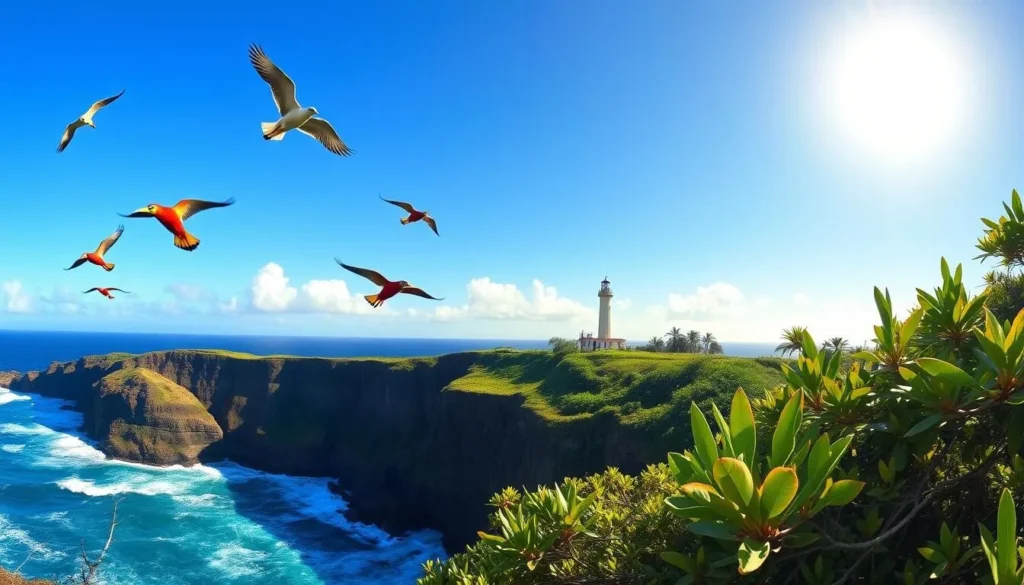
Seabird Species to Spot
The refuge is a paradise for birdwatching enthusiasts, boasting a remarkable variety of seabirds. Notable species include the Laysan Albatross with its expansive wingspan, the Red-footed Booby nesting on the cliffs, and the Great Frigatebird performing spectacular aerial displays.
Marine Life Encounters
During your visit, you may have the opportunity to witness humpback whales breaching offshore between November and April. Throughout the year, you might observe spinner dolphins, Hawaiian monk seals, and green sea turtles in the surrounding waters.
The Hawaiian Goose (Nēnē)
The refuge provides a protected habitat for Hawaii’s state bird, the nēnē or Hawaiian goose. This species, once on the brink of extinction, now thrives in the refuge’s protected environment, thanks in part to the predator-proof fencing that allows them to nest and raise their young in safety.
The Historic Daniel K. Inouye Kilauea Point Lighthouse
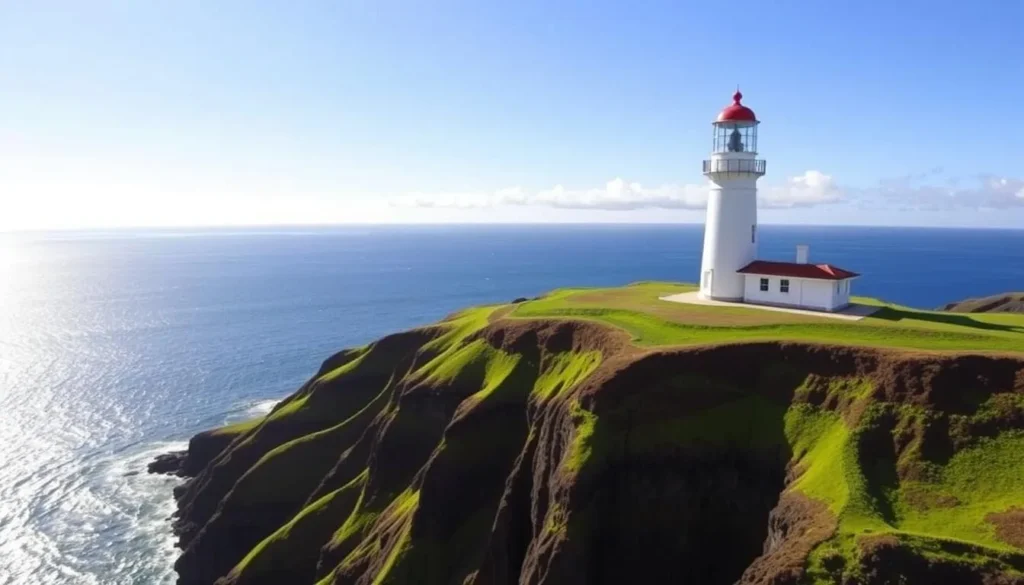
You’ll be drawn to the historic Daniel K. Inouye Kilauea Point Lighthouse, a 52-foot structure built in 1913. This iconic lighthouse stands as a sentinel on the northernmost point of the Hawaiian Islands.
Lighthouse History and Significance
The Daniel K. Inouye Kilauea Point Lighthouse played a crucial historical role in guiding ships and assisted in the first trans-Pacific flight from the West Coast to Hawaii with its powerful 2nd-order Fresnel lens. Listed on the National Register of Historic Places, it has been part of a rich history since its construction.
Lighthouse Tours and Access
Although free tours to the top of the lighthouse were previously offered on Wednesdays and Saturdays, they have been temporarily suspended. When operational, tours typically run hourly between 10:30 am and 2:30 pm with limited capacity. You can still appreciate the lighthouse’s majestic presence and architectural details from the surrounding grounds.
Making Reservations for Kilauea Point National Wildlife Refuge
To ensure a smooth visit to Kilauea Point National Wildlife Refuge, making reservations in advance is a must. The refuge has a limited capacity to maintain a safe and enjoyable experience for visitors.
Reservation Process and Requirements
When making a reservation, you’ll need to purchase an “Adult Refuge 1-Day Entry” ticket for each adult in your vehicle. Children 15 and under can enter for free without a reservation. There’s a $1.00 non-refundable reservation fee per ticket. Reservations are made per adult in the vehicle prior to arrival.
| Category | Reservation Requirement | Fee |
|---|---|---|
| Adults | Required | $1.00 per ticket |
| Children (15 and under) | Not Required | Free |
Special Considerations for Pass Holders
If you have an America The Beautiful interagency pass, select “Interagency Pass Holder” when making your reservation. You’ll need to present your photo ID and physical pass upon entry. One pass holder can bring up to three adult guests.
Cancellation and Modification Policies
You can cancel your reservation up to 24 hours in advance for a refund (excluding the $1.00 reservation fee). Modifications aren’t permitted; instead, you’ll need to cancel and make a new reservation. 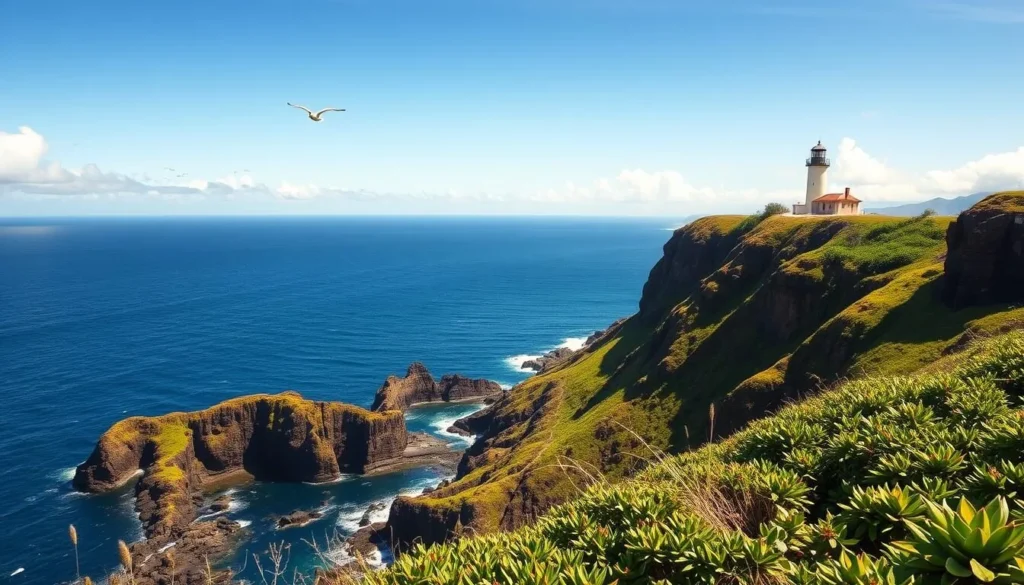
Visitor Guidelines and Facilities
As you plan your visit to Kilauea Point National Wildlife Refuge, familiarize yourself with the rules and facilities available to enhance your experience. The refuge is home to a diverse range of wildlife, and certain guidelines are in place to protect both you and the animals.
Rules and Regulations
To preserve the natural environment, certain rules must be followed. No food or drink (except water) is allowed, and smoking or vaping is prohibited. Pets are not permitted, except for trained service dogs, and drones are strictly forbidden as they can disrupt the sensitive wildlife. You must maintain at least a 10-foot distance from wildlife and stay on the paved trails.
Available Amenities and Accessibility
The refuge offers restrooms and a water fountain for visitor convenience. Accessing the main viewing area requires a five-minute walk on a paved path with a slight uphill grade. For visitors needing assistance, a golf cart is available by request at the fee booth. The refuge is accessible by vehicle or bicycle, making it easy to plan your visit.
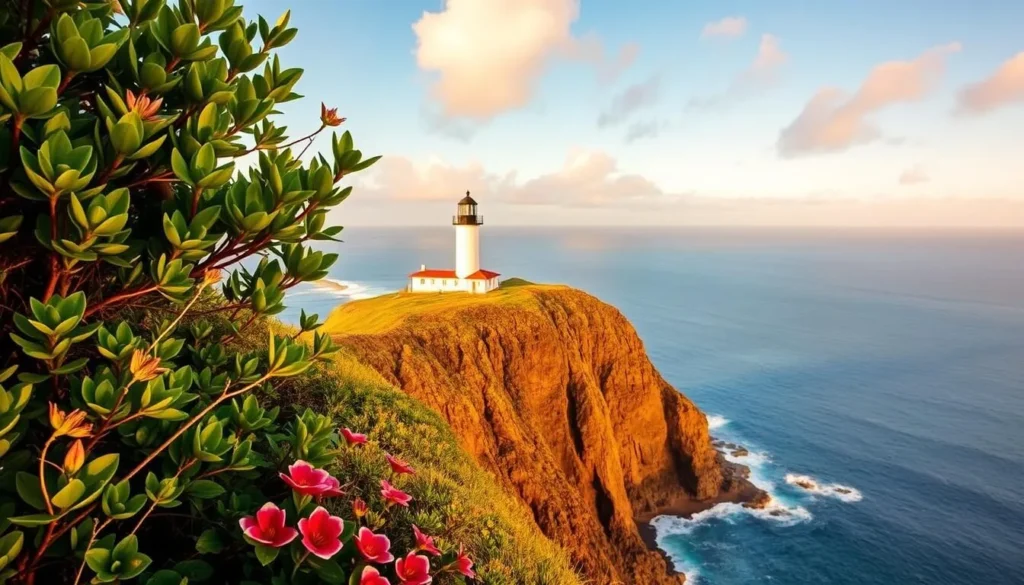
Planning Your Visit to Kilauea Point
The Kilauea Point National Wildlife Refuge is a haven for nature lovers and photographers alike. To make the most of your visit, consider arriving on a weekday morning for fewer crowds and optimal wildlife viewing conditions.
Bring your camera to capture the spectacular ocean views and the photogenic point lighthouse built in 1913. If you’re interested in humpback whales, plan your visit between November and April for the best viewing opportunities.
Take advantage of the free binoculars offered by the refuge’s docents to enhance your wildlife viewing experience. The refuge is open Wednesday through Saturday from 10 a.m. to 4 p.m.
The above is subject to change.
Check back often to TRAVEL.COM for the latest travel tips and deals.
